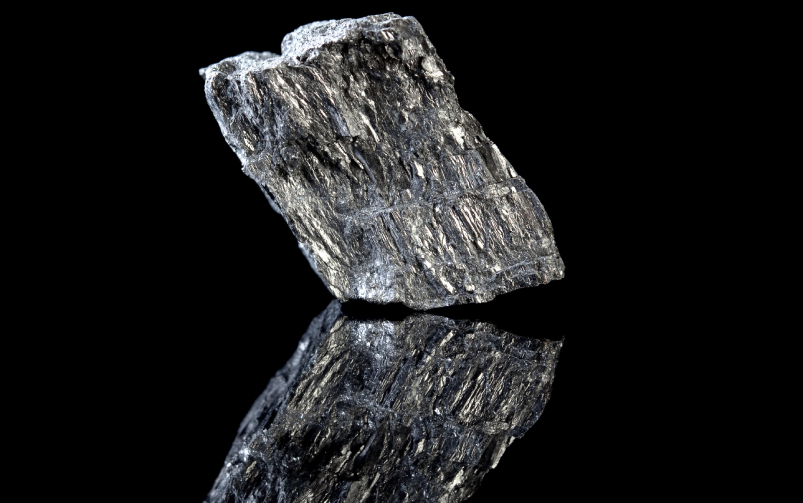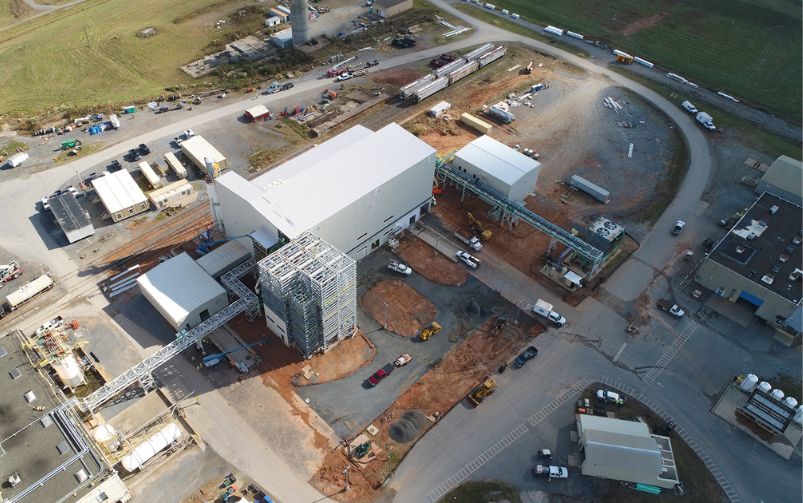Oyu Tolgoi's underground development was greenlit in January 2022 after Rio Tinto settled a dispute with the Mongolian government. Courtesy of Rio Tinto
Rio Tinto began underground production at its giant Oyu Tolgoi copper mine in Mongolia’s Gobi Desert on Monday.
The US$7 billion underground expansion project, which will be the fourth-largest copper mine in the world by 2030, got the green light in January 2022 after Rio Tinto settled a dispute with the Mongolian government over the mine’s economic benefits to the country and a US$2.4 billion debt owed by the government to the company’s then-subsidiary, Turquoise Hill Resources.
The underground operation, which begins 1.3 kilometres below the surface of the desert, is being developed by block caving. Since the early 2022 agreement, the company has blasted 30 drawbells.
Mongolia has a 34 per cent ownership stake in the mine, while Rio Tinto controls the remaining 66 per cent.
Rio Tinto chief executive Jakob Stausholm said in a press release that Oyu Tolgoi was “critical” for global copper production and economic development in Mongolia.
Oyu Tolgoi has been operating as an open-pit mine since 2011. The combined surface and underground operations are expected to produce around 500,000 tonnes of copper per year on average between 2028 to 2036, which Rio Tinto said would be enough to produce about six million electric vehicles annually.
"The copper produced in this truly world-class, high-technology mine will help deliver the electrification needed for a net-zero future and grow Rio Tinto’s copper business,” he said.
Mongolian prime minister Luvsannamsrain Oyun-Erdene said in the press release that the commencement of mining at Oyu Tolgoi demonstrated the government’s “ability to work together with investors in a sustainable manner” and was a key part of the country’s economic diversification policy.
Since 2010, Rio Tinto has spent around US$15 billion in Mongolia, including US$4 billion of taxes, fees and other payments.




